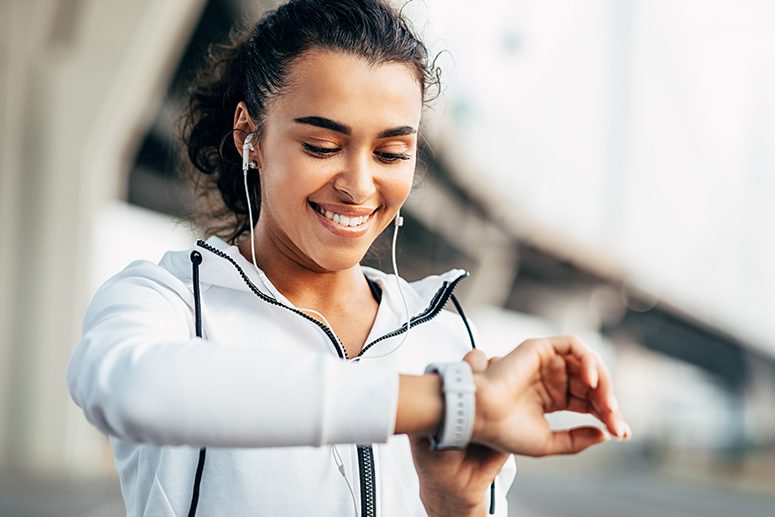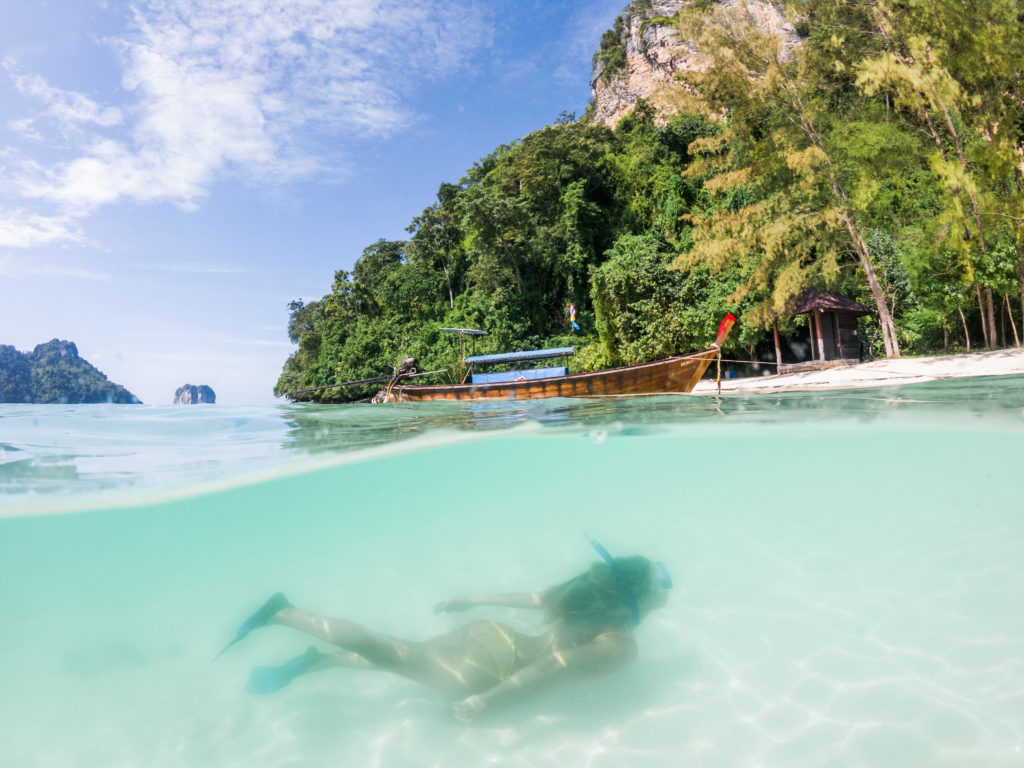Fitness to dive

Fitness to dive includes physical fitness to exercise as well as medical fitness.
Physical Fitness
Major components of physical fitness are mobility, aerobic capacity, strength, balance and flexibility. All of these are important elements of
fitness for divers, boaters and travelers. Some travelers who are sedentary at home may be tempted to try some leisurely activities when traveling, so it is essential to provide some references to help with making reasonable decisions.
Aside from clear physical handicaps, the most significant limiting factor for participation in physical activities is aerobic capacity, which is a measure of the body’s ability to sustain exercise with energy produced from energy-rich nutrients and oxygen. The amount of oxygen that the body consumes at rest is called 1 metabolic equivalent (MET). It increases at maximum exercise to up to 12 METs in an average person and up to 20 METs in top athletes.
The body’s main source of oxygen is the air we breathe. It takes healthy lungs, a healthy heart, adequate circulation and healthy blood to effectively inspire, extract and deliver this oxygen to the exercising muscles. In healthy subjects, the respiratory and cardiovascular systems’ performance decreases gradually with age. With a disease, the functional capacity of these systems may decrease drastically and diminish a person’s ability to exercise. Regular vigorous exercise may increase aerobic capacity at a young age and slow the decrease of aerobic capacity that occurs
with aging.
Recreational scuba diving is usually a leisurely activity, but circumstances or conditions such as waves or currents may make it a vigorous exercise, requiring a moderate to high level of aerobic fitness. Table 2 and Figure 3 show a comparison of aerobic metabolism in METs for various forms and intensities of exercise. Table 3 shows grades of the exercises’ intensities based on the metabolism and subjective.
Snorkeling (5 METs) is considered moderate exercise on this scale, breath-hold diving (11.8 METs) is regarded as vigorous exercise, and scuba diving varies from moderate to vigorous. If you lead a sedentary lifestyle, you should begin training to gradually improve your exercise capacity before you snorkel or dive.
If you spend most of your day sitting and do not exercise regularly, you may not be fit for diving or other physical activities and should consider beginning an exercise program. Before engaging in exercise of greater intensity than you are used to, you may need to consult your health care provider. Complete the Preparticipation Screening Questionnaire (Appendix) to choose your best approach.
Figure 3.
Approximate Metabolic Levels for
Various Physical Activities
Table 2.
Approximate Metabolic
Levels for Different Activities
Table 3.
Grading Exercise Severity
Figure 4.
Assessment of
Medical Fitness to Dive

Recreational scuba diving is usually a leisurely activity, but circumstances or conditions such as waves or currents may make it a vigorous exercise, requiring a moderate to high level of aerobic fitness.

Snorkeling (5 METs) is considered moderate exercise.

Regular vigorous exercise may increase aerobic capacity at a young age and slow the decrease of aerobic capacity that occurs with aging.
DAN Customer Service
Mon–Fri, 8:30 a.m. – 5 p.m. ET
+1 (919) 684-2948
+1 (800) 446-2671
Fax: +1 (919) 490-6630
24/7 Emergency Hotline
In event of a dive accident or injury, call local EMS first, then call DAN.
24/7 Emergency Hotline:
+1 (919) 684-9111
(Collect calls accepted)
DAN must arrange transportation for covered emergency medical evacuation fees to be paid.
Medical Information Line
Get answers to your nonemergency health and diving questions.
Mon–Fri, 8:30 a.m. – 5 p.m. ET
+1 (919) 684-2948, Option 4
Online: Ask A Medic
(Allow 24-48 hours for a response.)